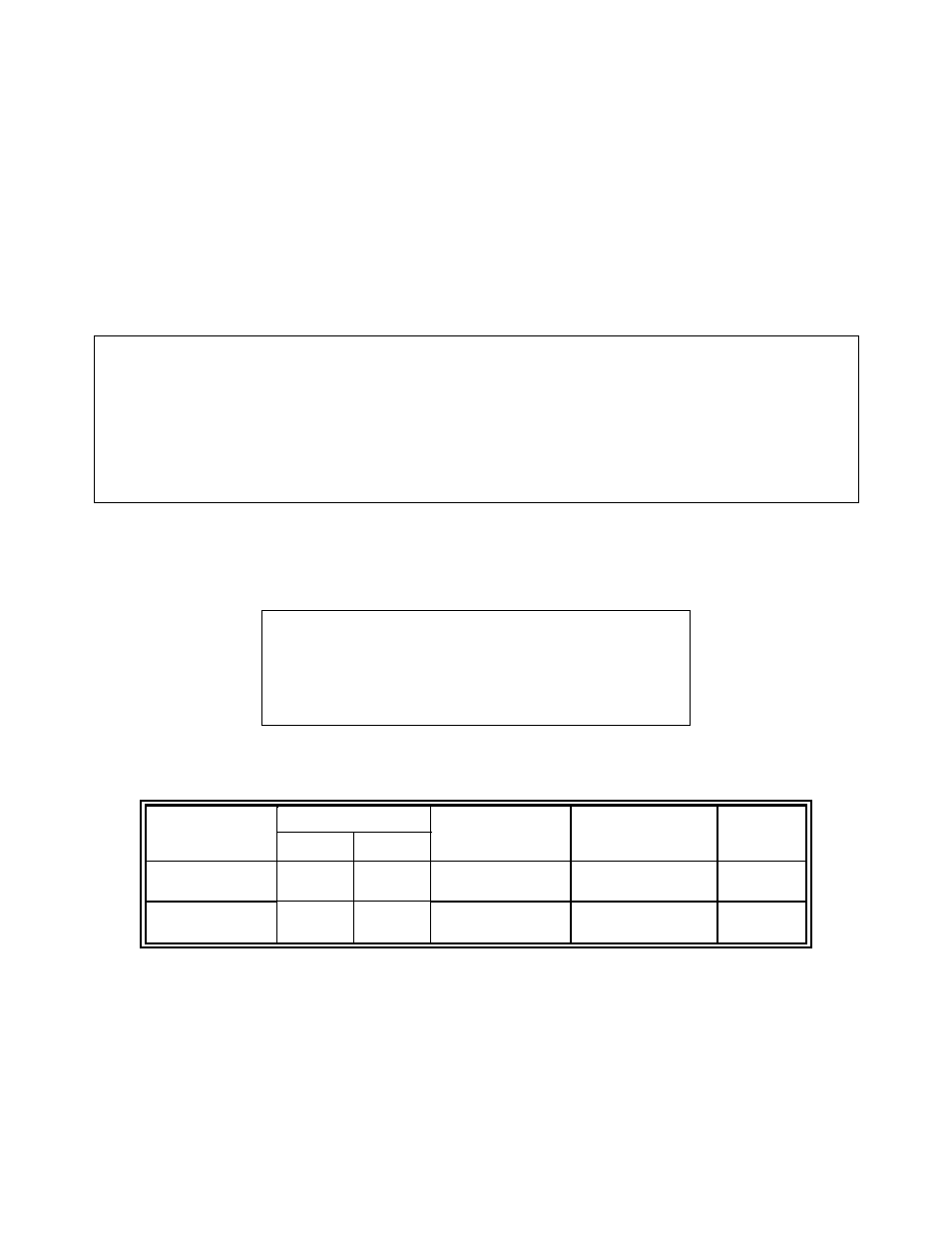Osburn OB01801 User Manual
Page 12

/12
The use of an R value is convenient when more than one material is going to be used in the hearth
extension to cover the combustible surface. This is because R values are additive, whereas K values are
not. To find the corresponding R factor to use for some selected materials, please see Table Thermal
characteristics of common floor protection materials in this section.
There are two ways to calculate the R factor of the floor protection. First, by adding the R-values of
materials used, or by the conversion if the K factor and thickness of the floor protection are given.
To calculate the total R factor from R factors of the materials used, simply add the R-values of materials.
If the result is equal to or greater than the R-value requirements, the combination is acceptable. To know
the R-values of some selected materials, see table Thermal characteristics of common floor protection
materials.
Example:
Required floor protection R of 1.00. Proposed materials: four inches of brick and one inch of
Durock
®
board
Four inches of brick (R = 4 x 0,2 = 0,8) plus 1 inch of Durock
®
(R = 1 x 0.52 = 0.52).
0.8 + 0.52 = 1.32.
This R value is larger than the required 1.00 and is therefore acceptable
In the case of a known K and thickness of alternative materials to be used in combination, convert all K
values to R by dividing the thickness of each material by its K value. Add the R values of your proposed
materials as shown in the previous example.
Example:
K value = 0.75
Thickness = 1
R value = Thickness/K = 1/0.75 = 1.33
Data for floor protection calculation
A
B
(Note 1)
C
E
Smaller
than 6 ft
2
*
Bigger or
= to 6 ft
2
*
INCHES
16"
20"
CAN: 18"
USA: 16"
5 3/8"
9 7/8"
MILLIMETRE
S
406 mm
508 mm
CAN: 457 mm
USA: 406 mm
137 mm
251 mm
*Refers to masonry fireplace opening.
